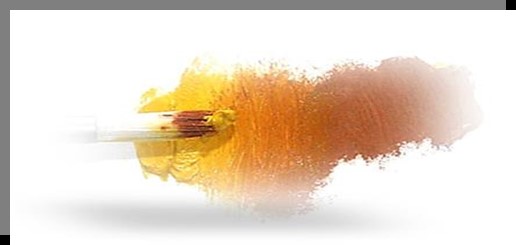In my Persuasion Tip © “Active listening — from the couch to the courtroom”, I discussed the use of “Topic Boards” in voir dire, then blending those same images with quotes from voir dire into your opening slides. This Tip is another example of blending from voir dire to opening and it comes to you from someone who has sold about . . . oh, let’s say . . . 100,000,000 more books than I ever have: Dale Carnegie. Carnegie published “How to Win Friends and Influence People” in 1936 and it remains a classic today.
I was perusing it recently and got whacked by the Table of Contents. It was one of those “lightbulb moments.” Beginning at Chapter 4 and continuing through to the last chapter, Chapter 12, the Table of Contents itself looks like a “A Trial Lawyer’s How-To Guide” for voir dire and opening. Just look at these chapter titles . . .
4. Begin in a friendly way.
5. Get the other person saying “yes, yes” immediately.
6. Let the other person do a great deal of the talking.
7. Let the other person feel that the idea is his or hers.
8. Try honestly to see things from the other person’s point of view.
9. Be sympathetic with the other person’s ideas and desires.
10. Appeal to the nobler motives.
11. Dramatize your ideas.
12. Throw down a challenge.
If Mr. Carnegie were to ask me how I’d translate his ideas into Persuasion Tips for trial lawyers, I’d tell him . . .
“Well, I’d say Chapters 4-6 are easy to see as voir dire techniques, for example . . .
4. have a little story, either about yourself, a current event, or a lesson you once learned that you can start with as a warm-up for you and the jury
5. inside their own heads and/or out loud. Remember, in voir dire a ‘yes’ can either be good or bad for you, but it is important either way to know if the ‘yes’ is there.
6. lawyers talk too much during voir dire. Listen!
“Then it gets into some topics could go either or both ways, like Chapters 7-9 are voir dire techniques, but should begin to blend into opening, too. For example . . .
7. praise jurors by saying, ‘That’s a really good idea’ or ‘what an interesting twist’ or ‘Just like we discussed X during voir dire a little bit ago, X appears in this case as . . .’
8. lawyers don’t think like the rest of us and vice versa. Listen, reflect out loud, then echo these ideas in opening.
9. ‘It sounds like this case may pose a challenge to you’ or ‘this case may expose you to some very new issues and you may not like it all the time’
“Finally, Chapters 10-12 are more clearly opening concepts, but have whispers of voir dire inside them, like . . .
10. ‘This case is really a chance for you to put the world back in balance. We don’t always get a chance like this.’
11. use the very best of our Story-Telling Model skills and techniques
12. ‘Tell the plaintiff / defendant that we can’t have this happen in our community ever again’”
Carnegie, ever the optimist, but also the polite pragmatist responds, “OK, Dan, I get it, but what if your ideas don’t fit the lawyer’s style? How might they use my chapters in another way?”
I’d say . . .
- If you were just planning out your voir dire and used Carnegie’s Chapter titles as your checklist, you’d have a great voir dire.
- If you were just planning out your opening and used Carnegie’s Chapter titles as your checklist, you’d have a great opening.
- If you blended your voir dire into your opening, you’d have a great advantage over the opposition.
Nodding knowingly, Dale would say, “See? I told you you’d win!” in a way that made me think these were my ideas all along.
Share This Story, Choose Your Platform!
Click below to add your email address to our mailing list and receive the latest Persuasion Tips right in your inbox!

